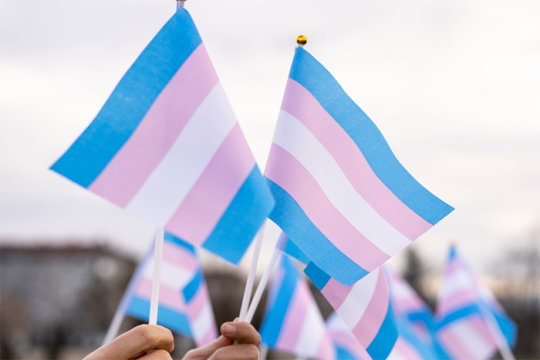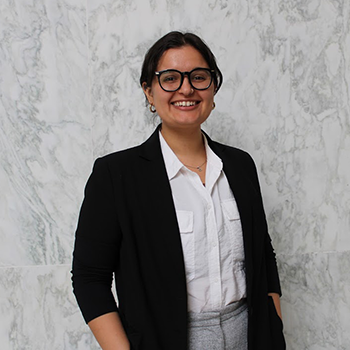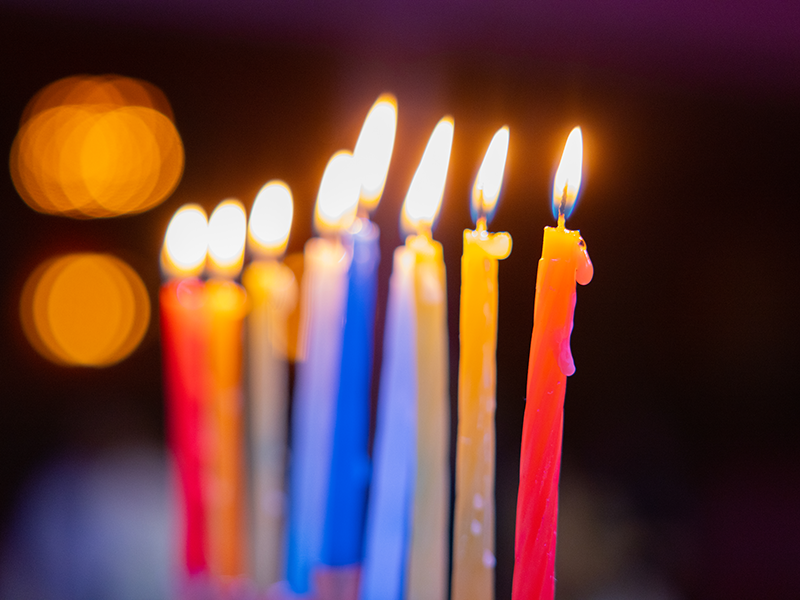Monday, June 25th, 1:00 AM
My alarm disrupts the silence, and in my sleepy, disoriented stupor I think it must be a mistake.
Nope. There’s no mistake – my RAC Machon Kaplan cohort of colleagues, friends, and fellow Dunkin Donuts addicts is heading to the Supreme Court steps to start the line for limited public seating at the proceedings. Hours of waiting on the sidewalk lie ahead of us. We excitedly exchange sleep and comfort for bearing witness to our nation's most respected legal scholars in action.
2:30 AM
We arrive at 1 First Street. Some of us set down our belongings (business attire for the following work day, gallons of water, and various snacks) and head to the deserted Capitol, where a patrol officer, impressed by our devotion, leads us through the restricted area of the Capitol grounds. I can already feel the marvel of what’s to come. Only two and a half hours into the day, and it’s already turning out to be one for the books.
We are looking at three more hours of sultry, summer night. When daylight finally arrives, it will be yet another four hours until we are seated in the grand, historical building. The place where, since 1935, decisions of the past still shape our day-to-day and those of the present forever mold the future.
4:00 AM
The adrenaline rushing through our veins is no match for our exhaustion. Our rowdy games of Cards Against Humanity turn to quiet, huddled groups of shared warmth and light conversation.
6:00 AM
The sun rises behind the building, emitting an ethereal glow. Reporters are setting up their equipment and panning their cameras on our drooping faces. We immediately think to ourselves, “How do I look?”
8:00 AM
Once inside the building, the intimidation of the immense columns dissolves into hurried primping. We’re changing from sweatpants to suits and coming to terms with eye bags the size of quarters. At 8:45, we must be lined up and utterly silent in anticipation of entering the Chamber.
The Court Chamber sits below an ornate paneled ceiling supported by marble columns. The Bench that witnessed the legacies of Chief Justice Warren, Justice Marshall, and Justice O’Connor is mahogany. And in the pews, we are packed shoulder to shoulder and knee to knee, all with perfect posture trying to get a glimpse as each Justice takes their seat.
10:00 AM
It’s surreal. It feels like a scripted play, and I’m a character.
In reading their majority opinions, Alito is out of touch with his audience as he delivers a blow to the battle against racial gerrymandering, and, frankly, the transition to Thomas isn’t any better as he drones on about how Amex isn’t violating antitrust law. But when Breyer gives his oral dissent, the tone of the entire room warps. The change is palpable. Suddenly, we’re having a conversation about anti-steering provisions violating anti-competitive regulations; it’s as dry as it sounds and yet we’re captivated. He is waving his hands and chuckling at his own rhetoric. His poignant pauses suggest he awaits a response from an audience mandated to silence.
12:00 PM
The rulings of the day, although disappointing, are not nearly as controversial as the ones to come. Lounging in the shade with three other interns, I’m excitedly flipping through the printouts we received of the day’s decisions. I’m riding the high that, thankfully, helps me last through the end of the work day.
Tuesday, June 26th, 10:00 AM
Sitting in the daily morning briefing of my internship at Interfaith Alliance, I’m maniacally and mechanically tapping my phone as the SCOTUSblog live feed begins. I’m on autopilot. But, when the words “travel ban” stare back at me, the spell is broken and I involuntarily interrupt the conversation because the ban was given the green light on a road that should have never been built.
We jump into action. “Buttons,” the president of our organization proclaims. “We need to make buttons!”
My supervisor and I scurry off to our office and start fiddling with different colors before settling on making four different colored buttons emblazoned with “BAN ME.” I look up the instructions of our archaic button press and we start hurriedly pumping them out until our Uber rolls up.
11:00 AM
We arrive to the same steps outside the Supreme Court where I slept just 30 hours earlier, this time to an inspiring sea of Human Rights Campaign flags, ACLU posters, and Muslim Advocates pins.
24 hours ago, I sat in the room where Oliver Brown's daughter’s constitutional right to attend school with white children was protected. Where Richard Loving and Mildred Jeter's interracial marriage, Jane Roe's autonomy of her body, John Lawrence's sexual relationship with Tyron Garner, and James Obergefell's marriage to his late husband were declared constitutionally protected.
It's also the room where Fred Korematsu's internment was upheld. Where the criminalization of Michael Hardwick's sexual relationship was upheld. And where President Trump's ban on citizens of Iran, Libya, Somalia, Sudan, Syria, and Yemen was upheld.
On the day that the Supreme Court upheld President Trump’s discriminatory travel ban, hate was upheld. Promoted. Approved. Hate crimes are on the rise, and this ruling is another affirmation of hate. It did not answer IF our nation’s policy will promote equality; it delayed the WHEN. Every transgression of human rights is a call to action, and we hear it loud and clear. Each day sees a new mobilization of people and communities.
We must utilize our privilege to elevate the voices that do not get a turn at the microphone, and we must never walk away when that voice does not come from someone with institutional “power.” The power to make change does not start at our representatives; it ends there. If there is ever a time in my life to take to the streets with buttons and a voice hoarse from rallying, it is now, because that power rests on the shoulders of anyone who stands by.
Machon Kaplan is an internship program for undergraduate students interested in Judaism and social justice. Based in Washington, D.C., it provides students with a meaningful social justice internship, the opportunity to engage in study related to their internships and and making change more broadly, as well as an open reflective community with whom to share their experience. Students learn, through study and action, the interrelationship of Judaism and American ideals, as well as how change happens. Learn more.
Related Posts
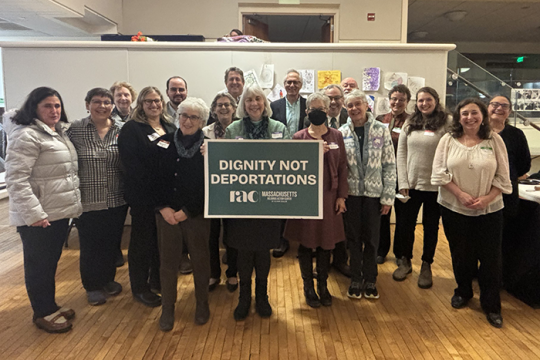
RAC-MA Update
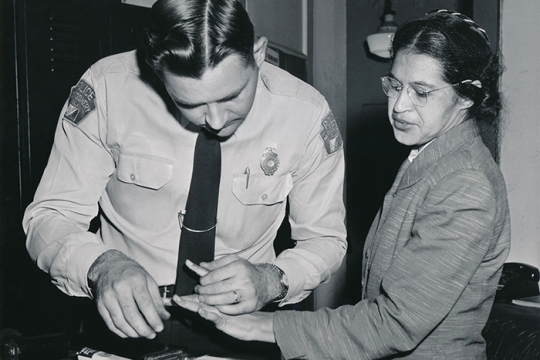
Marking the 70th Anniversary of the Montgomery Bus Boycott
